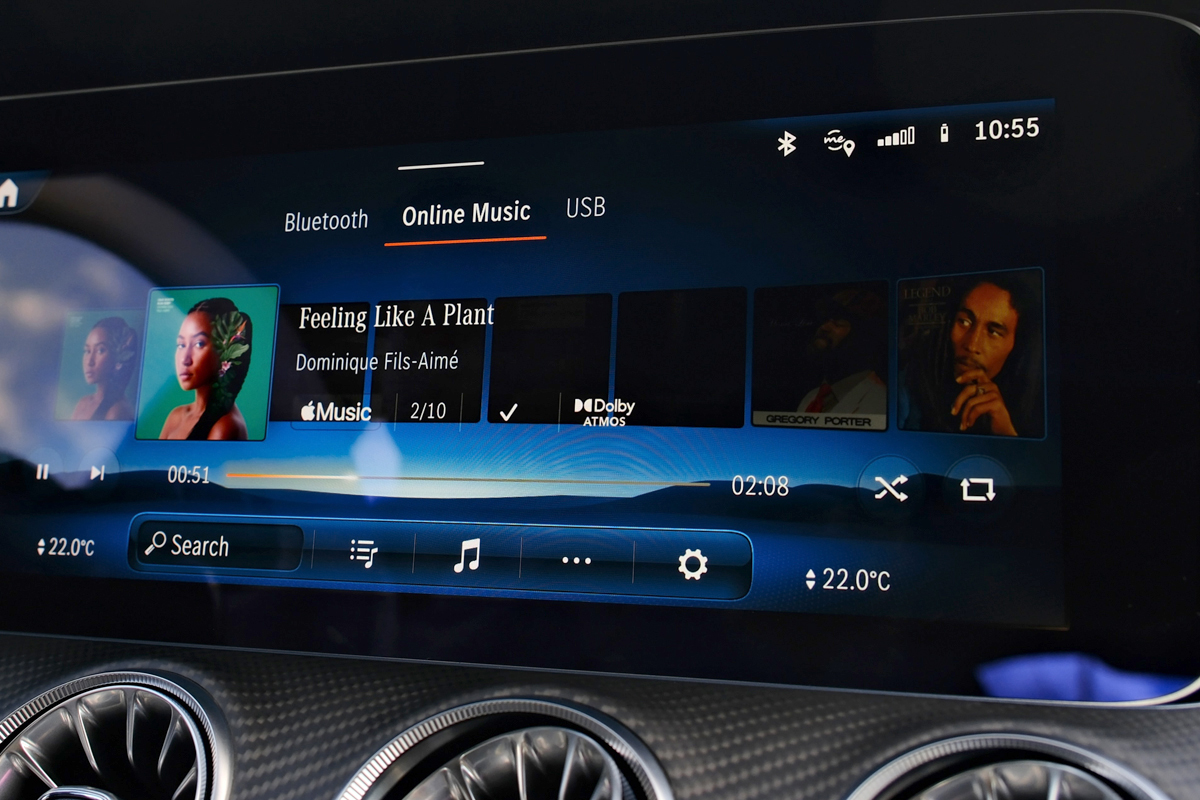
Getting Spaced: What’s the Future for Atmos-Encoded Music?
- Written by: Gordon Brockhouse
There are many things I like about my gig on the SoundStage! Network, but what I enjoy most are my colleagues. They all share my passion for music and audio, and they’re all very knowledgeable. And they have strong opinions that often diverge in interesting ways.
Read more: Getting Spaced: What’s the Future for Atmos-Encoded Music?
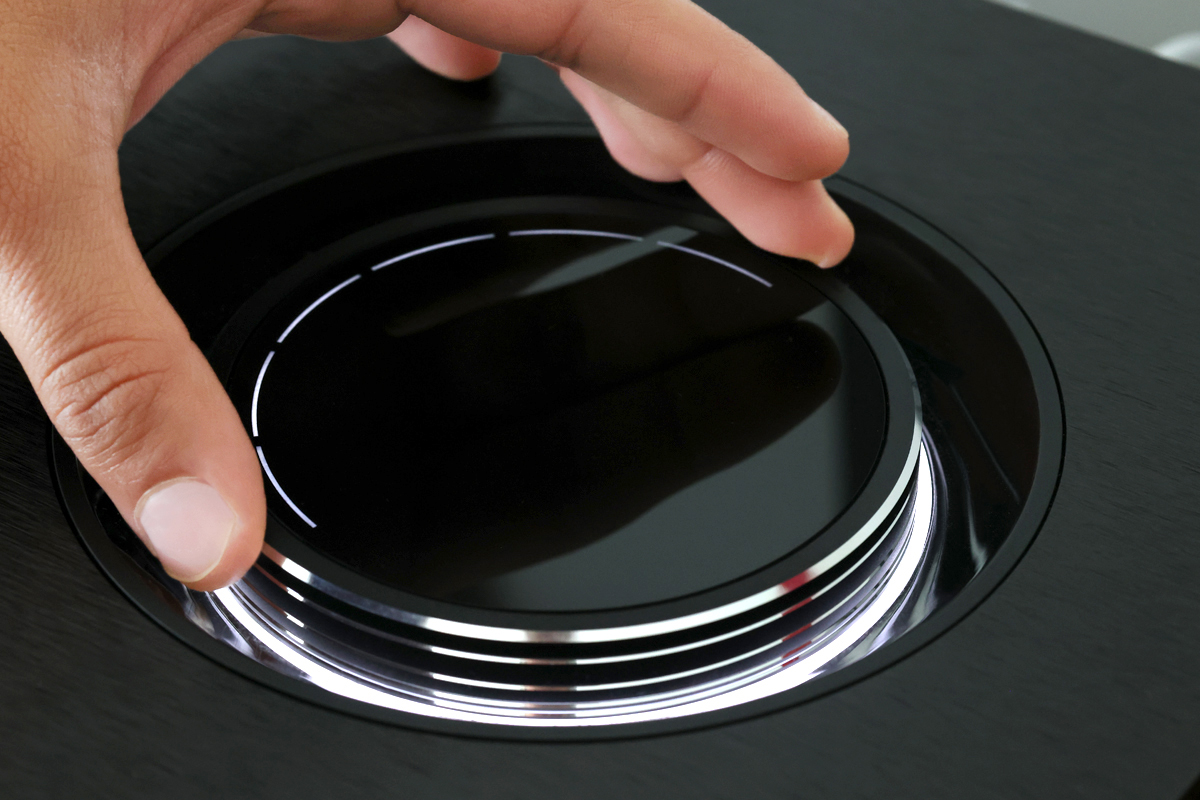
Naim Audio Uniti Nova PE Streaming Integrated Amplifier
- Written by: Roger Kanno
Note: for the full suite of measurements from the SoundStage! Audio-Electronics Lab, click this link.
Few audio brands are as steeped in tradition as Naim Audio. In my mind, companies like McIntosh, Bryston, and Naim, along with a few others, conjure up memories from my early years as an audiophile of coveted but unattainable audio products. In February last year, fellow SoundStage! Network reviewer Jonathan Gorse wrote about his experience with the original Nait integrated amplifier and his introduction to the Naim brand almost 40 years ago. I was reintroduced to the brand ten years ago when the Naim Statement NAC S1 preamplifier and NAP S1 mono power amplifier made their debut at the annual CES (Consumer Electronics Show) in Las Vegas.
Read more: Naim Audio Uniti Nova PE Streaming Integrated Amplifier
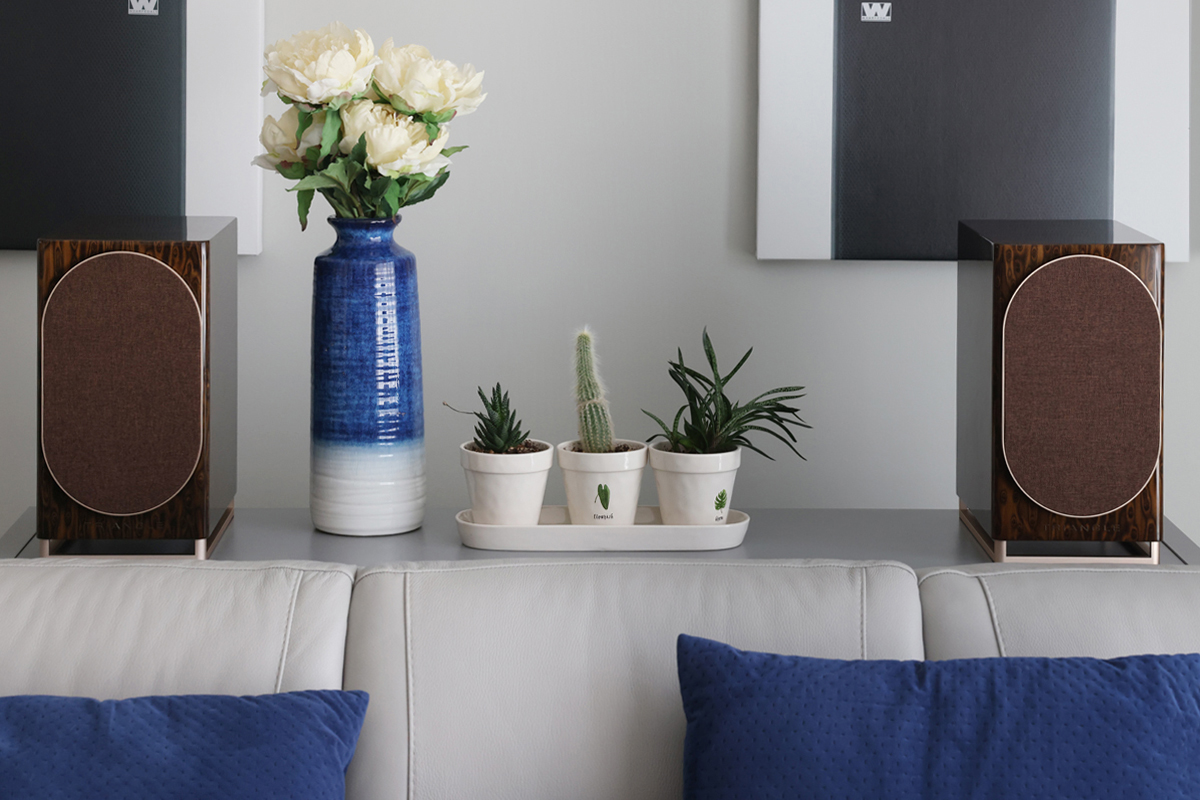
Triangle Capella Active Loudspeaker System
- Written by: Gordon Brockhouse
The French speaker brand Triangle isn’t especially well known here on the left side of the pond, but its products have had a good run on the SoundStage! Network. Back in May 2020, Diego Estan reviewed the Triangle Borea BR03 on SoundStage! Access, a passive two-way standmount speaker. This $559/pair speaker (all prices in USD except where noted) received a Reviewers’ Choice award and was later named a 2020 SoundStage! Network Product of the Year. Exactly three years after Diego’s review was published, I reviewed the Triangle Borea BR03 BT powered loudspeaker system ($799) for SoundStage! Simplifi. The two models have the same driver complement and virtually identical cabinet designs, but the BR03 BT also has a built-in 60Wpc class-D amp with a phono stage, optical and digital inputs, and a Bluetooth receiver. Just wire the system to a source (or pair it with your smartphone) and start listening. Like the Borea BR03 before it, the Borea BR03 BT won a Reviewers’ Choice award.
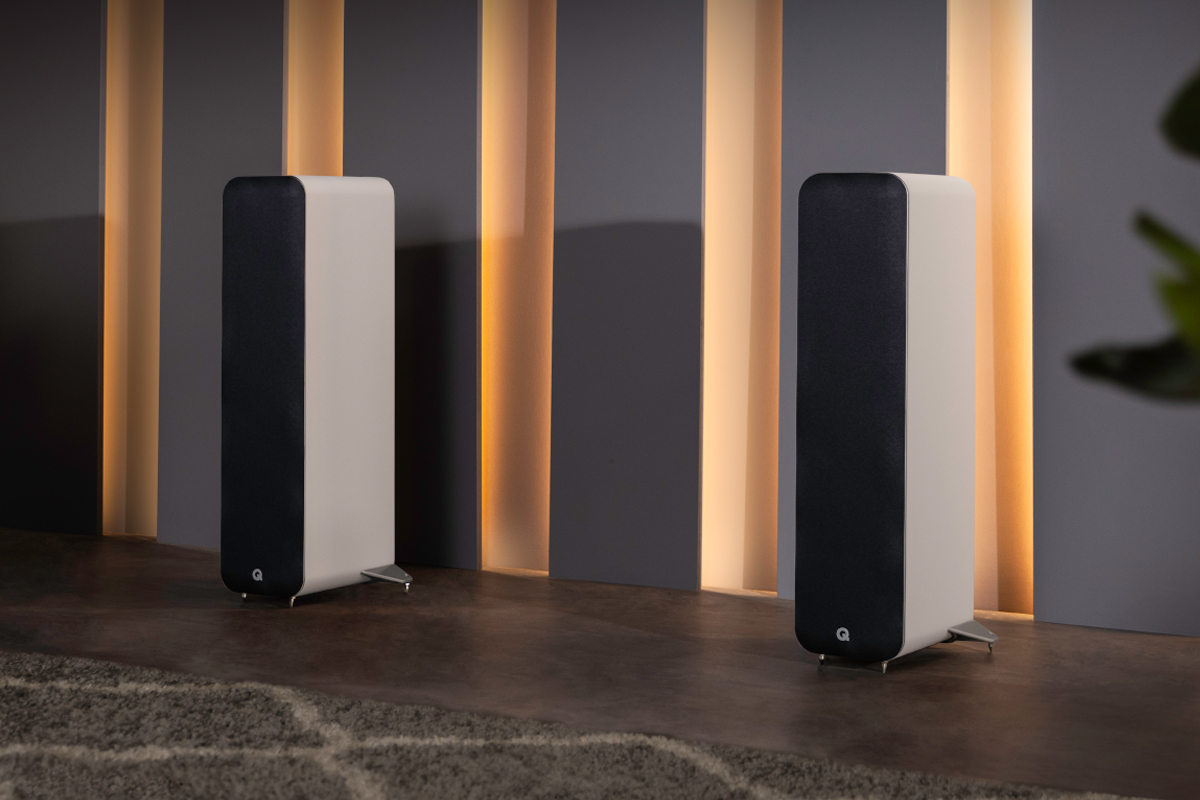
Q Acoustics M40 HD Powered Loudspeaker System
- Written by: Todd Whitesel
When is a speaker more than a speaker? When it’s a system. That is precisely what UK-based Q Acoustics is offering with its M40 HD: an all-in-one music system—just add a source and start playing. Priced at $999 (all prices in USD), the M40 HD is a follow-up to the bookshelf-size M20 HD system ($499), which Kurt Wetzel reviewed for Simplifi in June 2022. But the M40 HD speakers are floorstanders that each have two mid/bass drivers; the M20 HD speakers have one. That, and their greater output power, enable them to play louder and deeper than the M20 HD speakers. For floorstanding speakers, the M40s have a relatively small footprint, which listeners with limited space or a preference for unobtrusive designs are sure to appreciate.
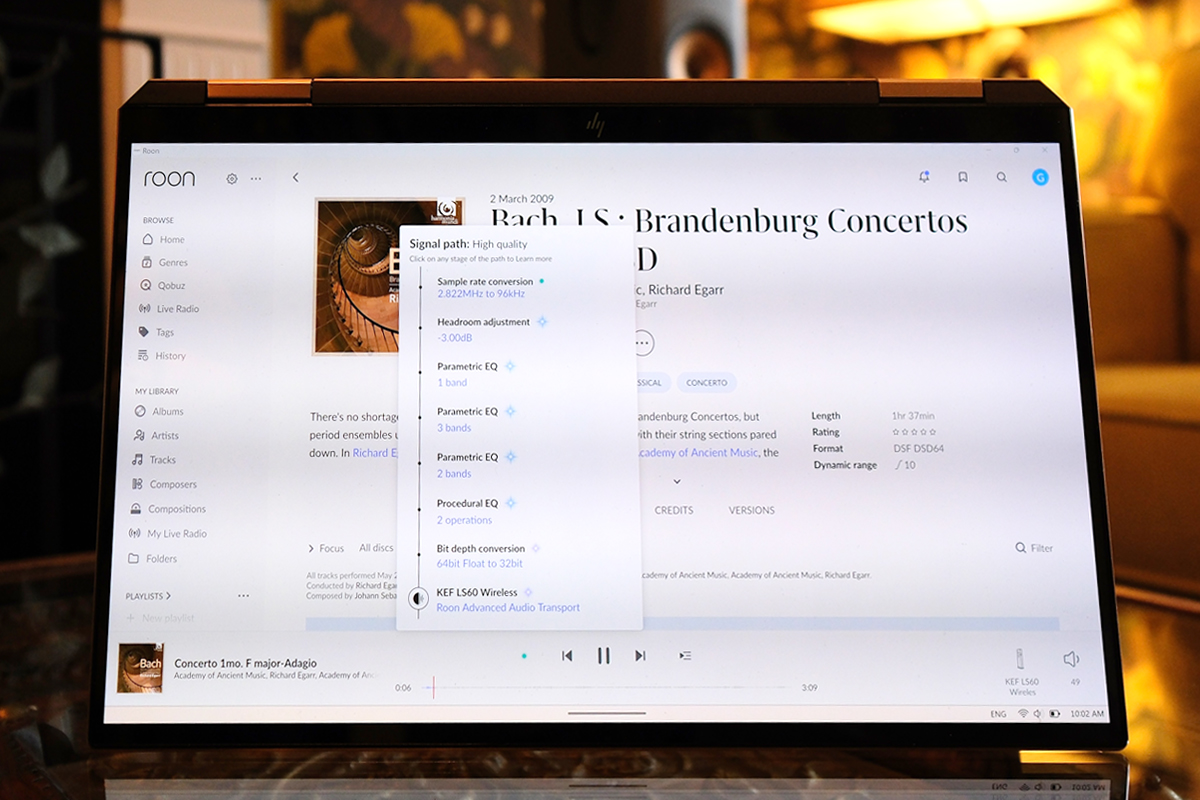
Little Colored Lights: Drilling Down in Roon
- Written by: Gordon Brockhouse
“Push that button,” Doug Schneider suggested after Jason fired up Roon and began streaming some music. Jason Thorpe, senior editor of SoundStage! Ultra, had recently built a Roon server using spare computer parts. He connected the server to an ancient Squeezebox Touch streamer, and that, in turn, to the USB port on the Hegel Music Systems H120 integrated amplifier–DAC of his main-floor music system.

Arcam Radia ST5 Streamer
- Written by: Dennis Burger
As I mentioned in my unboxing of Arcam’s new A25 integrated amplifier ($1499, all prices in USD) on SoundStage! Access, I have an incredible hardwired affection for the brand that I feel compelled to mention right up front—not to bias you, dear reader, but simply to lay bare my own biases. Because I can’t help but think that those biases affect the way I view and interact with a product like the A25’s companion piece, the ST5 streamer ($799).
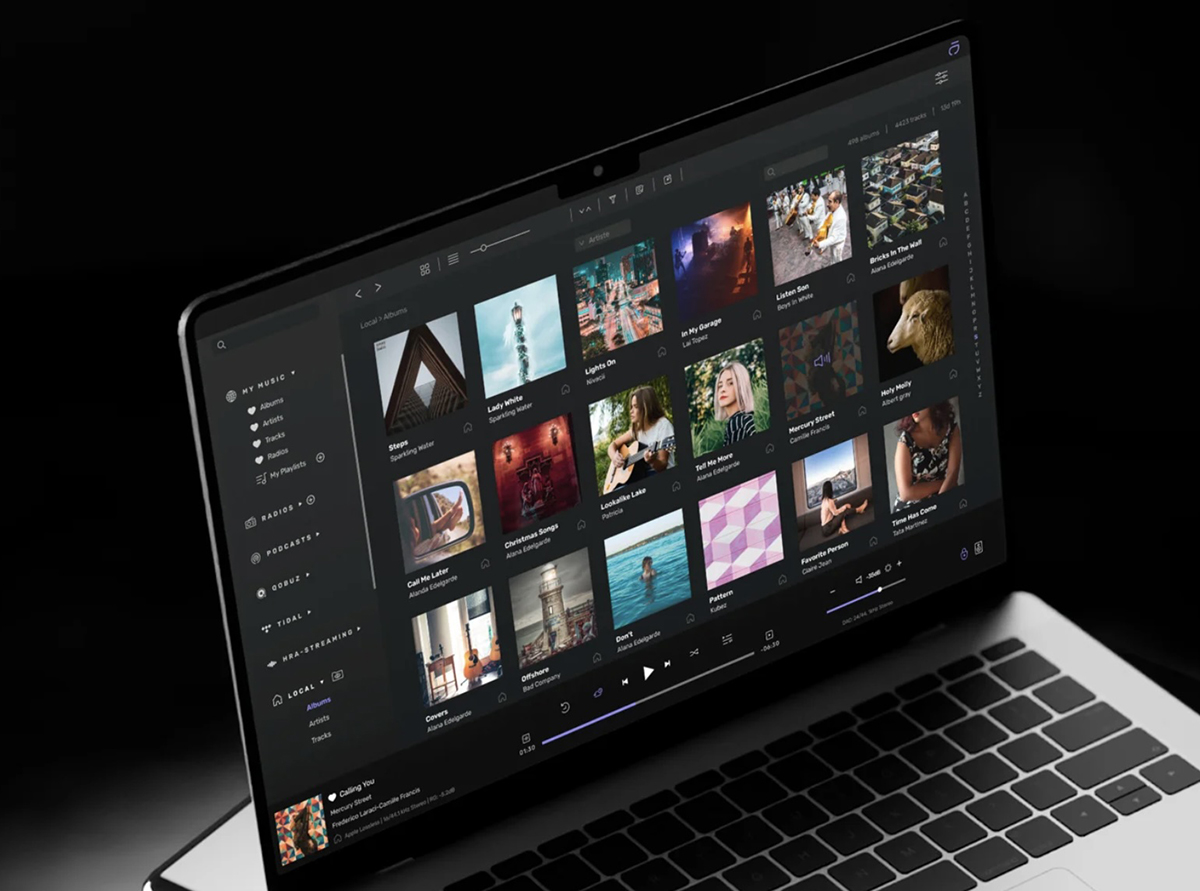
The French Connection—Is Audirvana a Worthy Alternative to Roon?
- Written by: Gordon Brockhouse
As readers of my articles on Simplifi will likely know, my primary music-management application is Roon and has been for almost as long as I’ve been writing for SoundStage! But before that I used Audirvana as my main music-player app, and I liked it a lot. Audirvana has been through many changes since I switched to Roon. I thought it would be interesting to revisit it.
Read more: The French Connection—Is Audirvana a Worthy Alternative to Roon?
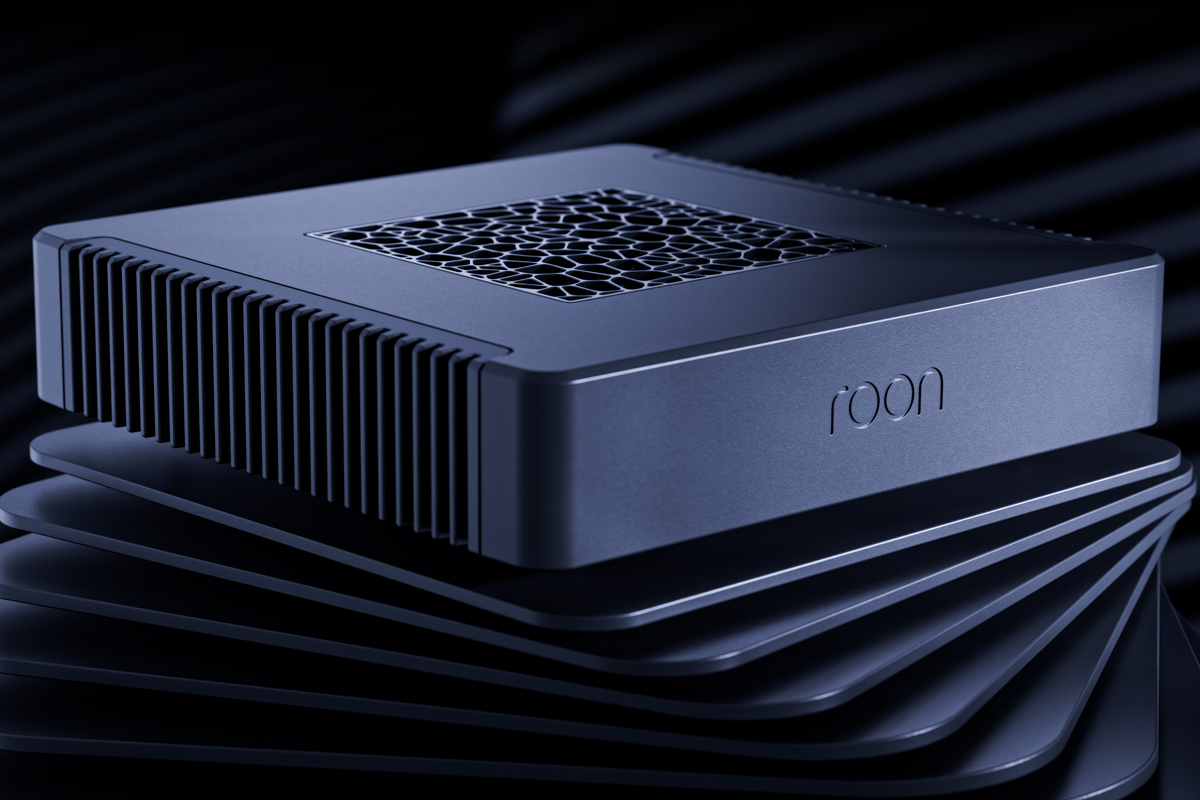
Roon Labs Nucleus One Music Server
- Written by: Gordon Brockhouse
 Ever since I got into file-based playback in 2011, I’ve consistently used an Apple Mac Mini as a music server—but lately, I’ve changed things up a bit. For the past few months, I’ve been using a Roon Nucleus One to stream music throughout my home and play music through headphones. Priced at $499.99 (all prices in USD), the Nucleus One has one purpose and one purpose only: to run Roon Server software.
Ever since I got into file-based playback in 2011, I’ve consistently used an Apple Mac Mini as a music server—but lately, I’ve changed things up a bit. For the past few months, I’ve been using a Roon Nucleus One to stream music throughout my home and play music through headphones. Priced at $499.99 (all prices in USD), the Nucleus One has one purpose and one purpose only: to run Roon Server software.

Rotel RAS-5000 Streaming Integrated Amplifier
- Written by: George de Sa
Note: for the full suite of measurements from the SoundStage! Audio-Electronics Lab, click this link.
When spring arrives, decluttering becomes a priority for me. Blame it on my OCD, but I want to clear everything out and start afresh. Yet, you can’t get rid of everything—some things are essential. If you’re a music lover, a serious sound system is one of those essentials. Sure, a phone with a Bluetooth speaker can play tunes, but if you really want to feel the music, to have it calm you down or get you dancing, a more capable system is in order. A streaming integrated amplifier like the Rotel RAS-5000 ($2999.99, all prices in USD) coupled with a set of nice loudspeakers might be the ticket. Just connect it to your home network and start streaming. You can also connect external source components, such as a disc player, HDTV, and personal computer.

Apple’s War on Windows
- Written by: Dennis Burger
Somewhere in the middle of 2015, the whole Apple ecosystem—at least with regard to ripping music and plonking it onto my iPhone—stopped working for me. In fact, I can pin it down to sometime between May 1 and August 1 of that year. I know this because, until very recently, the newest Grateful Dead CD rip to make its way onto my iPhone was Dave’s Picks, Volume 14 (Academy of Music, New York, NY 3/26/72). Thereafter, every time I tried to sync my ripped music to my iPhone (be it my 6s Plus, 8 Plus, or 12 Pro Max), I was met with a dreaded “Waiting for sync to start” error that never resolved itself, even when I left my phone plugged into my PC overnight.
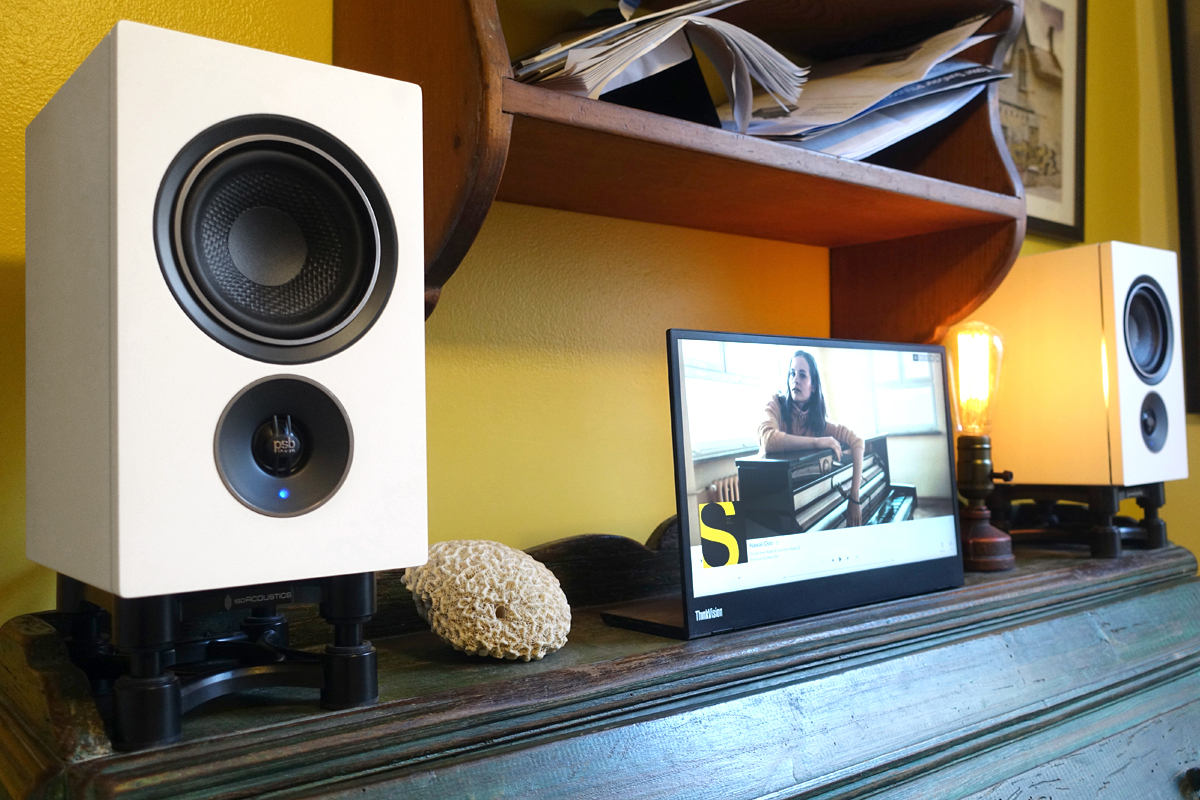
Fire Sales
- Written by: Gordon Brockhouse
During the first few months of 2024, I’ve seen some killer deals on the kind of hi-fi gear I most like. Seeing these deals has led me to ask some questions about the nature of Simplifi’d hi-fi, and to wonder how widely my preferences are shared.
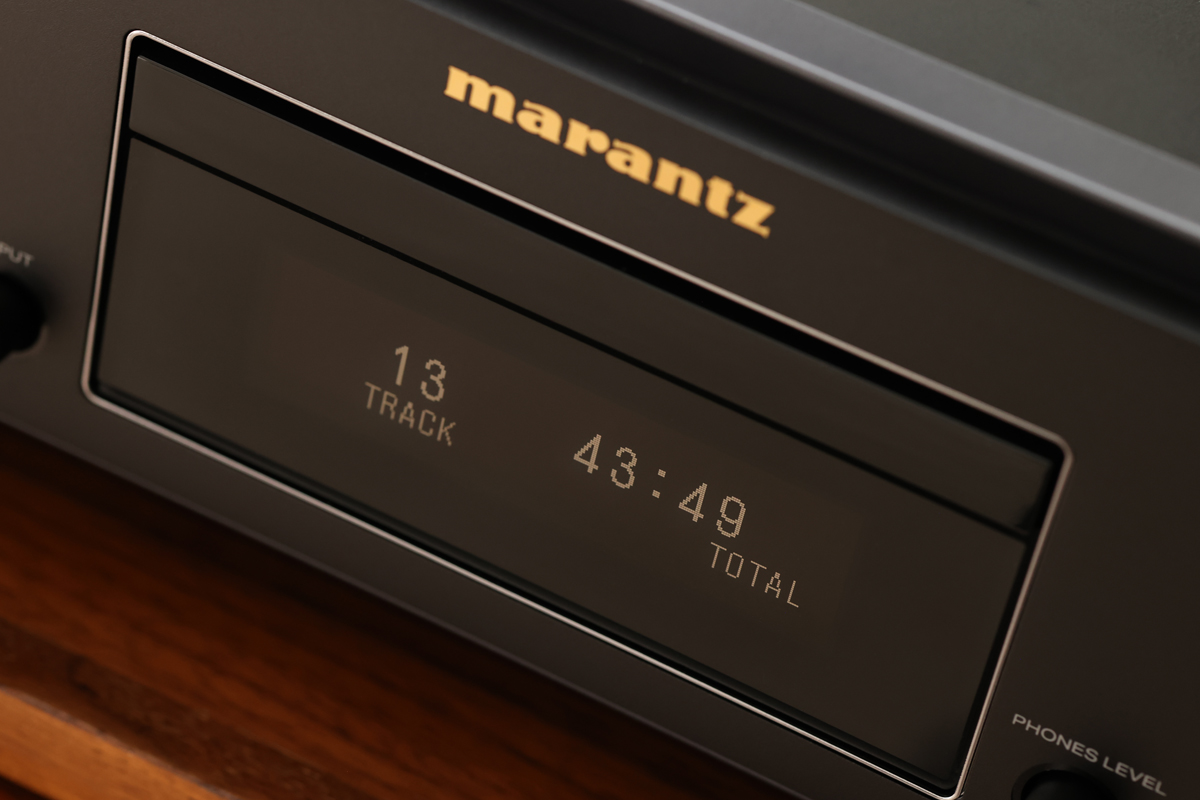
Marantz CD 50n Streaming CD Player
- Written by: Dennis Burger
Note: for the full suite of measurements from the SoundStage! Audio-Electronics Lab, click this link.
 I love it when a hi-fi manufacturer gets into a groove, and Marantz seems to be doing exactly that with its recent two-channel gear. For a while now, the upper end of the company’s two-channel range has been dominated by two-piece solutions, with an all-analog integrated amplifier handling preamplification, source-switching, volume control, and power duties, and a separate disc player/streamer/DAC doing everything else—well, everything except for vinyl and tape playback.
I love it when a hi-fi manufacturer gets into a groove, and Marantz seems to be doing exactly that with its recent two-channel gear. For a while now, the upper end of the company’s two-channel range has been dominated by two-piece solutions, with an all-analog integrated amplifier handling preamplification, source-switching, volume control, and power duties, and a separate disc player/streamer/DAC doing everything else—well, everything except for vinyl and tape playback.
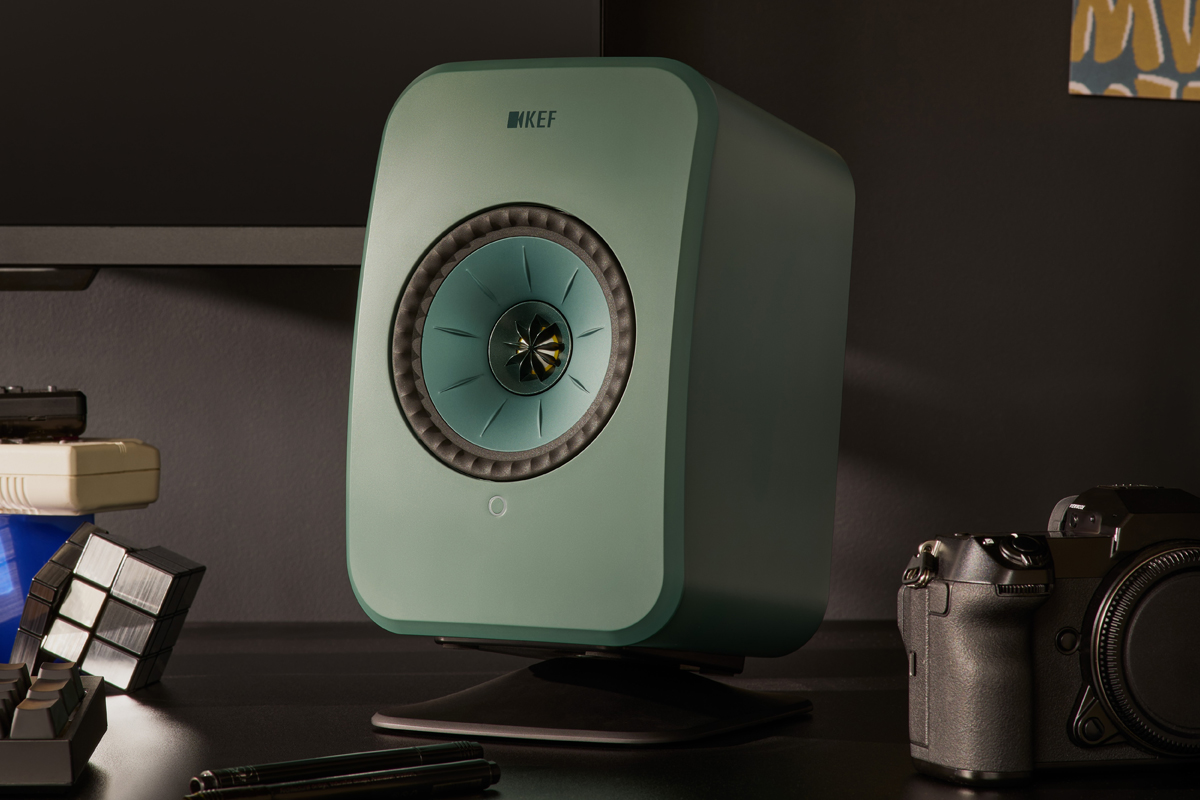
KEF LSX II LT Streaming Active Speaker System
- Written by: Gordon Brockhouse
In a sense, what you’re reading here is a review of two different products—the LSX II LT active speaker system that KEF announced on January 18 of this year, and the LSX II system on which it’s based.
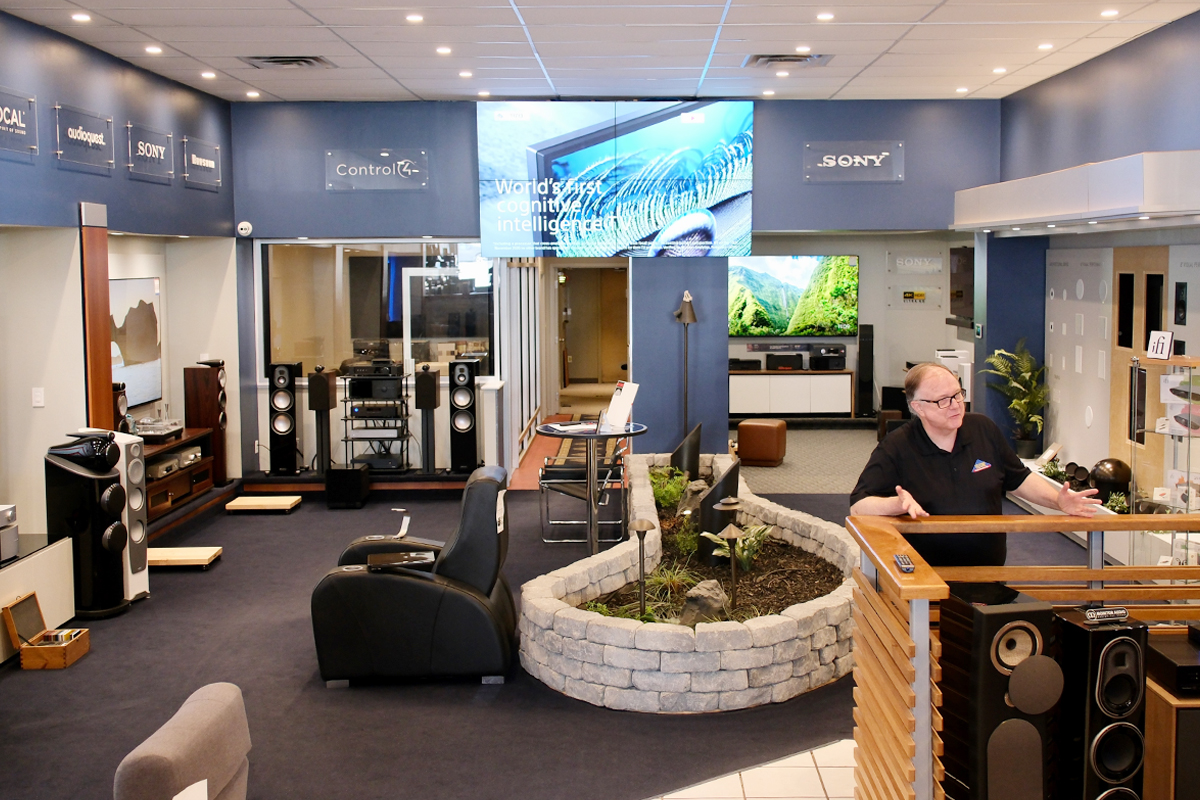
Direct versus Retail
- Written by: Gordon Brockhouse
Lately, I’ve noticed that a growing number of products reviewed on Simplifi and other sites on the SoundStage! Network are only available for purchase online. Here are some examples: Denmark’s Buchardt Audio, whose Anniversary 10 active loudspeaker I reviewed on February 1, sells exclusively over the internet. So does Norway’s Arendal Sound, whose 1723 Tower S loudspeaker Philip Beaudette recently reviewed on SoundStage! Hi-Fi. Fluance and Axiom Audio, both based in Canada, sell exclusively online. Thom Moon has enthusiastically reviewed several Fluance products on SoundStage! Access, most recently the RT81+ turntable and Reference XL8F loudspeaker.
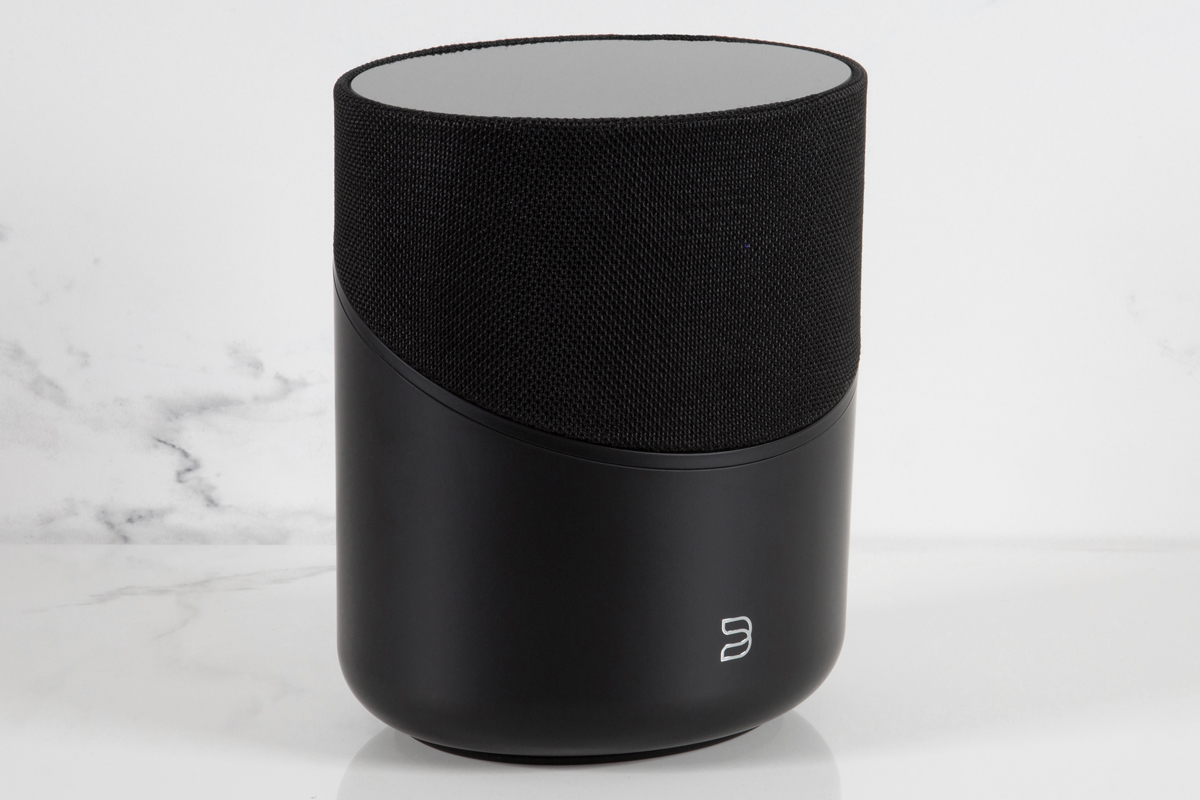
Bluesound Pulse M Streaming Tabletop Music System
- Written by: Gordon Brockhouse
Every hobby has its killjoys—and audio has more than its share. I’m thinking of purists who insist that there’s only one right way to listen to reproduced music: with your head locked in the sweet spot between a pair of speakers. Members of this party’s fanatical wing may have other bugaboos, too. DSP—not allowed! Lossy compression—intolerable! Listen through a Bluetooth speaker out on the patio? Anathema! Listen through a smart speaker while you prepare dinner? Sacrilege!
Read more: Bluesound Pulse M Streaming Tabletop Music System
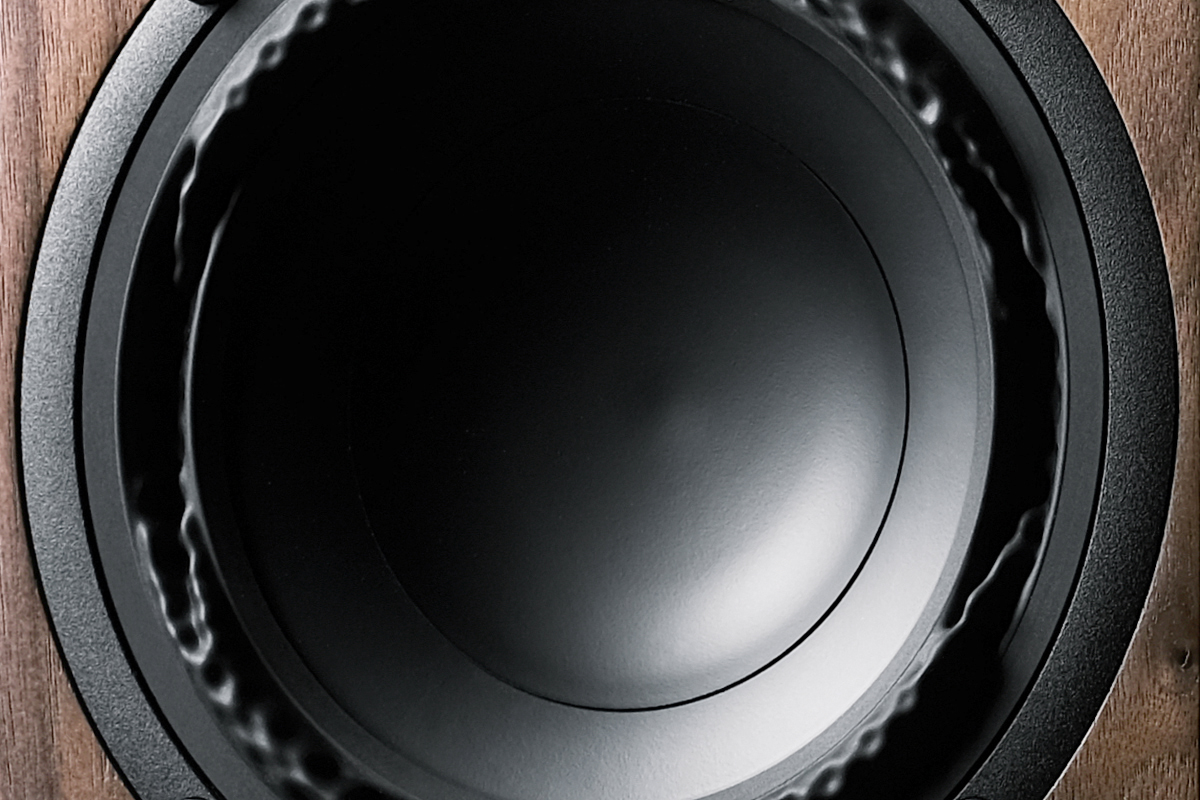
Buchardt Audio Anniversary 10 Active Loudspeaker and Platin Stereo Hub WiSA Transmitter
- Written by: Gordon Brockhouse
 In 2023, Denmark’s Buchardt Audio celebrated its tenth anniversary. To mark the occasion, the company released a new active speaker, the Anniversary 10 (A10), which is the subject of this review. In October 2020, I reviewed Buchardt’s A500 active speaker and was wowed by it. The A500 received a Reviewers’ Choice award and then won a 2020 SoundStage! Network Product of the Year award for Innovation in Design. So when Buchardt Audio announced the A10 last summer, I immediately emailed CEO and founder Mads Buchardt to request a pair for review.
In 2023, Denmark’s Buchardt Audio celebrated its tenth anniversary. To mark the occasion, the company released a new active speaker, the Anniversary 10 (A10), which is the subject of this review. In October 2020, I reviewed Buchardt’s A500 active speaker and was wowed by it. The A500 received a Reviewers’ Choice award and then won a 2020 SoundStage! Network Product of the Year award for Innovation in Design. So when Buchardt Audio announced the A10 last summer, I immediately emailed CEO and founder Mads Buchardt to request a pair for review.
Read more: Buchardt Audio Anniversary 10 Active Loudspeaker and Platin Stereo Hub WiSA Transmitter
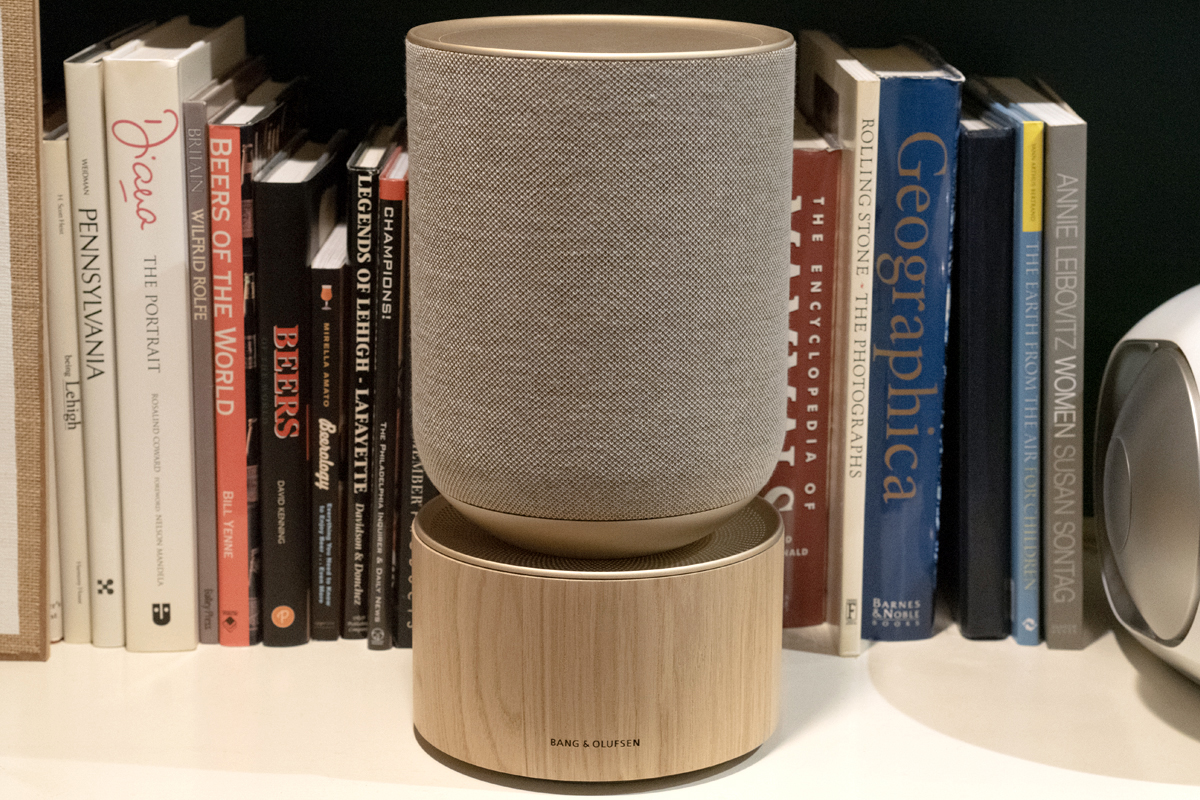
Bang & Olufsen Beosound Balance Active Loudspeaker
- Written by: Kurt Wetzel
 Back in January 2017, in the first review ever published on SoundStage! Simplifi, Al Griffin wrote, “What makes me think the wireless category has finally, truly arrived are new options from companies such as Dynaudio and Devialet—wireless, powered speakers that provide high-performance alternatives to traditional wired hi-fi systems.” Al was evaluating the Bang & Olufsen Beosound 2 in that review, and he wrote it with serious listeners in mind for whom the sound system—its performance and its continual refinement—is an important part of the experience.
Back in January 2017, in the first review ever published on SoundStage! Simplifi, Al Griffin wrote, “What makes me think the wireless category has finally, truly arrived are new options from companies such as Dynaudio and Devialet—wireless, powered speakers that provide high-performance alternatives to traditional wired hi-fi systems.” Al was evaluating the Bang & Olufsen Beosound 2 in that review, and he wrote it with serious listeners in mind for whom the sound system—its performance and its continual refinement—is an important part of the experience.
Read more: Bang & Olufsen Beosound Balance Active Loudspeaker
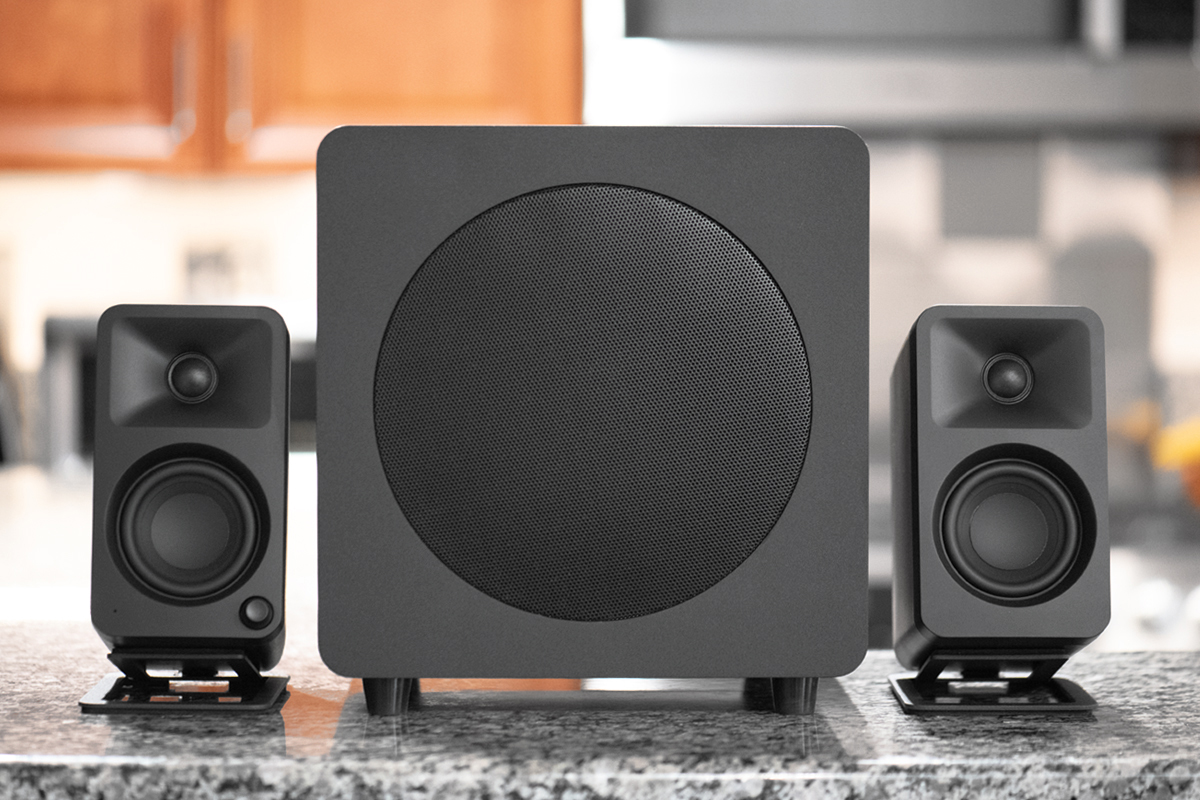
Kanto Audio ORA Reference Active Speaker System
- Written by: Todd Whitesel
Kanto Audio is a Canadian-based consumer electronics company, with headquarters near Vancouver, British Columbia. Its offerings include powered and passive desktop and bookshelf speakers, a powered subwoofer, and three types of speaker stands. For this review, Kanto sent me its latest offering, the ORA Reference desktop speaker system ($349.99, all prices in USD), along with its SUB8 powered subwoofer ($269.99) and two pairs of desktop speaker stands, the S2 and SE2 ($29.99 and $39.99).

Harman International Has Bought Roon Labs—What Comes Next?
- Written by: Gordon Brockhouse
Harman International Industries, as many readers know, owns several highly regarded home-audio brands: AKG, Arcam, Harman Kardon, JBL, Lexicon, Mark Levinson, and Revel, among others. Fewer know that Harman is also involved in pro audio and automotive electronics. On November 27, Harman announced a further expansion to its ambit with the acquisition of Roon Labs, a move that caught almost everyone in the hi-fi world by surprise, including me. Harman itself was acquired by Samsung Electronics in 2017 and operates as an autonomous subsidiary of the South Korean giant.
Read more: Harman International Has Bought Roon Labs—What Comes Next?
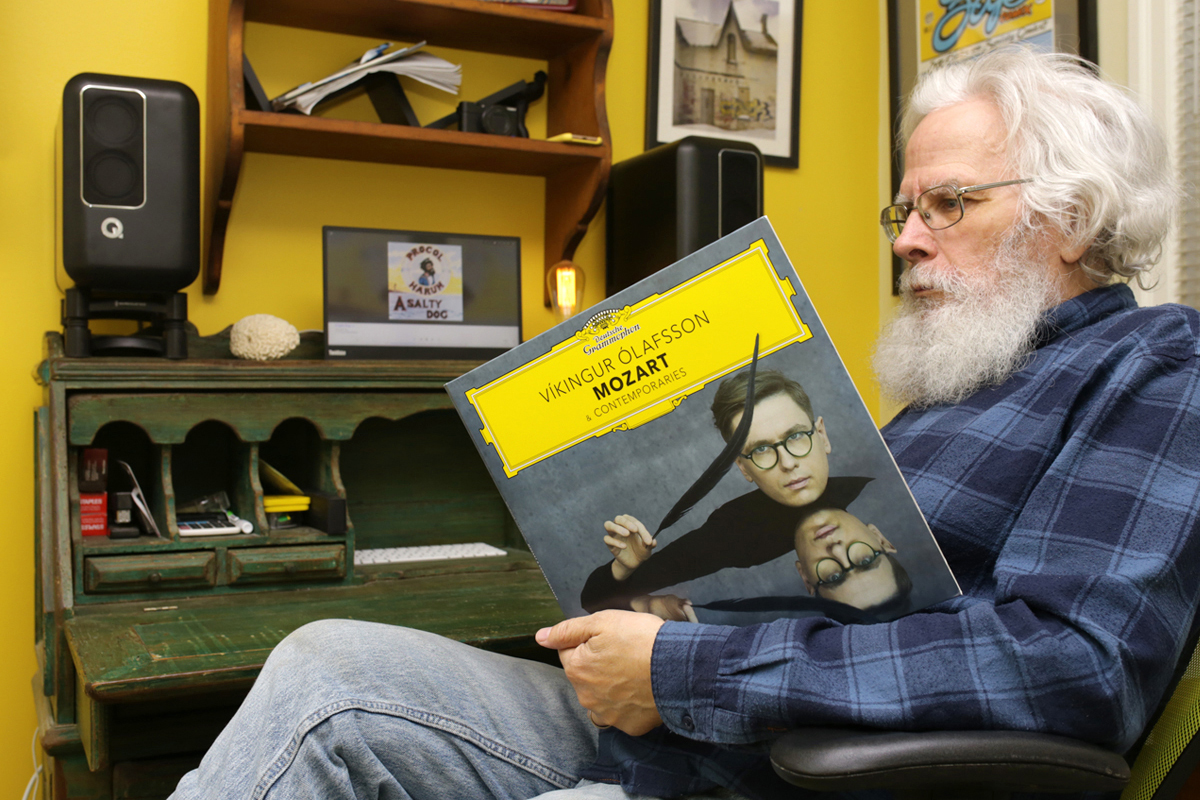
Getting Physical—Do LPs and CDs Have a Place in Simplifi’d Hi-Fi?
- Written by: Gordon Brockhouse
There’s a short answer to the question posed by the title of this article: “Of course they do.” I could leave it at that, in which case this would be the shortest article ever published on the SoundStage! Network. A slightly longer answer is that the place of physical media in Simplifi’d hi-fi is declining, just as it is in hi-fi in general. But make no mistake—vinyl and CD are still relevant.
Read more: Getting Physical—Do LPs and CDs Have a Place in Simplifi’d Hi-Fi?
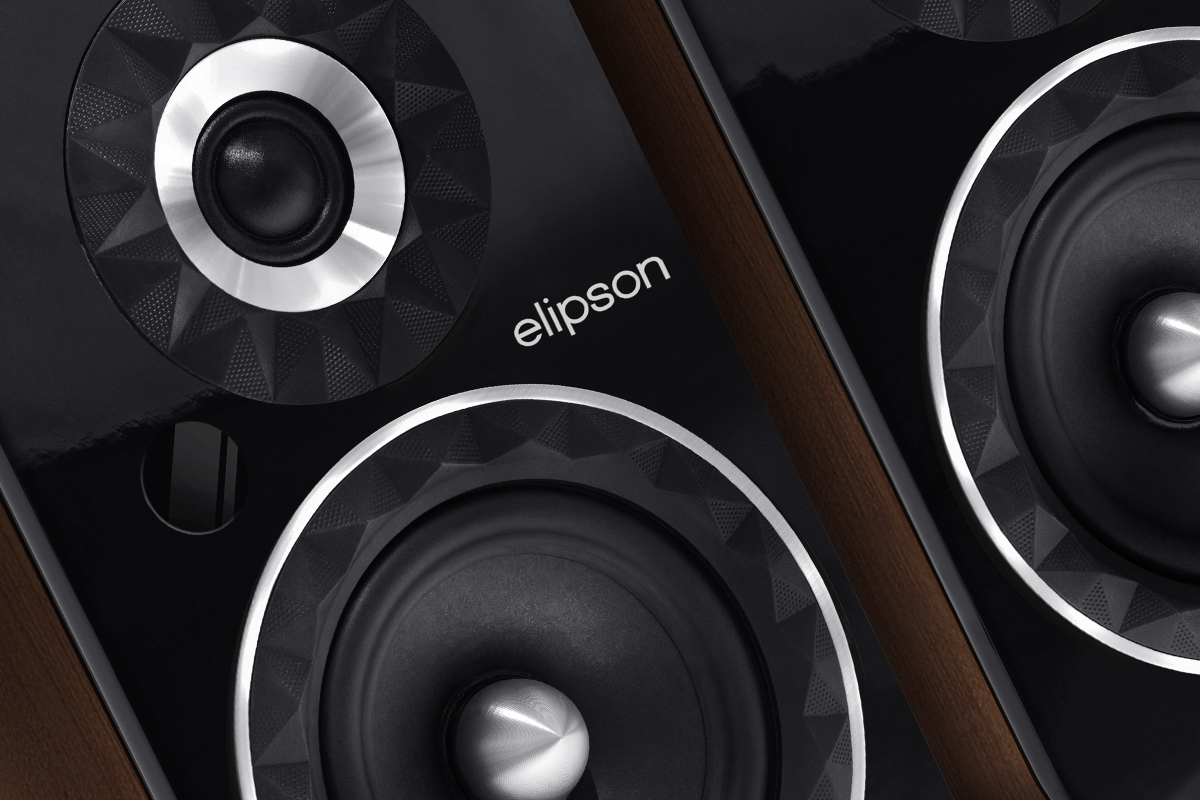
Elipson Prestige Facet 6B BT Powered Loudspeaker System
- Written by: Gordon Brockhouse
When I first got into this hobby, a half-century ago, a common entry point was a starter system comprising a base-model stereo receiver, a basic turntable, and a pair of bookshelf speakers. For a system with junky house-brand speakers, you’d pay $250 to $300 (all prices in USD except where noted), or $400-plus for a system with name-brand speakers—say, a pair of Dynaco A25s or EPI 100s.
Read more: Elipson Prestige Facet 6B BT Powered Loudspeaker System

Active Voices: Livio Cucuzza of Sonus Faber
- Written by: Gordon Brockhouse
Since 2018, the SoundStage! Network has been a member of the Expert Imaging and Sound Association. Each year, EISA presents awards in six categories: photography, mobile devices, in-car electronics, home-theater display, home-theater audio, and hi-fi. The SoundStage! Network is a voting member in the hi-fi category.
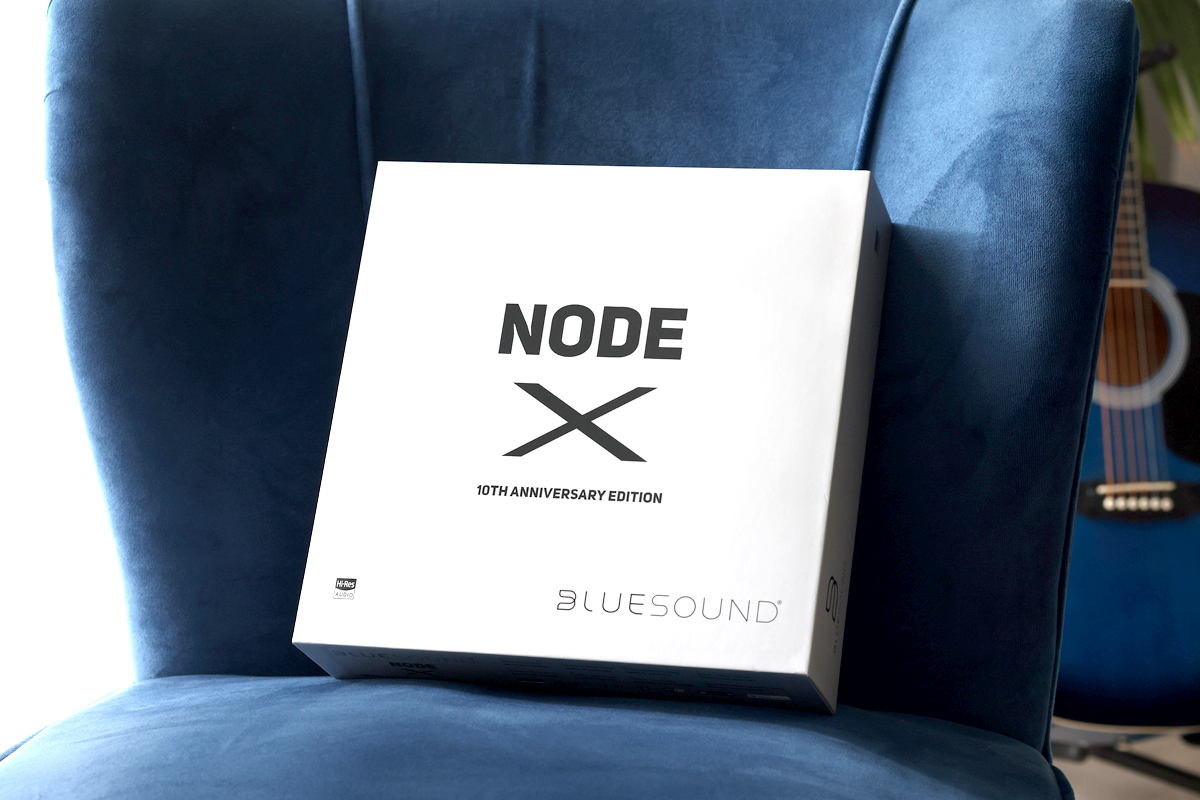
Bluesound Node X Streaming DAC-preamplifier
- Written by: Roger Kanno
Note: for the full suite of measurements from the SoundStage! Audio-Electronics Lab, click this link.
 It’s been a couple of years since Bluesound introduced the latest iteration of the company’s award-winning Node streaming device. After being favorably reviewed by Gordon Brockhouse in 2021, it received a SoundStage! Network Product of the Year award in the Exceptional Value category. The Node ($599, all prices USD) is widely considered one of the most fully featured music streamers available at anywhere near its price point. For the brand’s 10th anniversary, Bluesound decided to release a special edition of the Node. Priced at $749, the Node X isn’t meant to replace the current generation of the Node. It will be available for a limited but unspecified period.
It’s been a couple of years since Bluesound introduced the latest iteration of the company’s award-winning Node streaming device. After being favorably reviewed by Gordon Brockhouse in 2021, it received a SoundStage! Network Product of the Year award in the Exceptional Value category. The Node ($599, all prices USD) is widely considered one of the most fully featured music streamers available at anywhere near its price point. For the brand’s 10th anniversary, Bluesound decided to release a special edition of the Node. Priced at $749, the Node X isn’t meant to replace the current generation of the Node. It will be available for a limited but unspecified period.
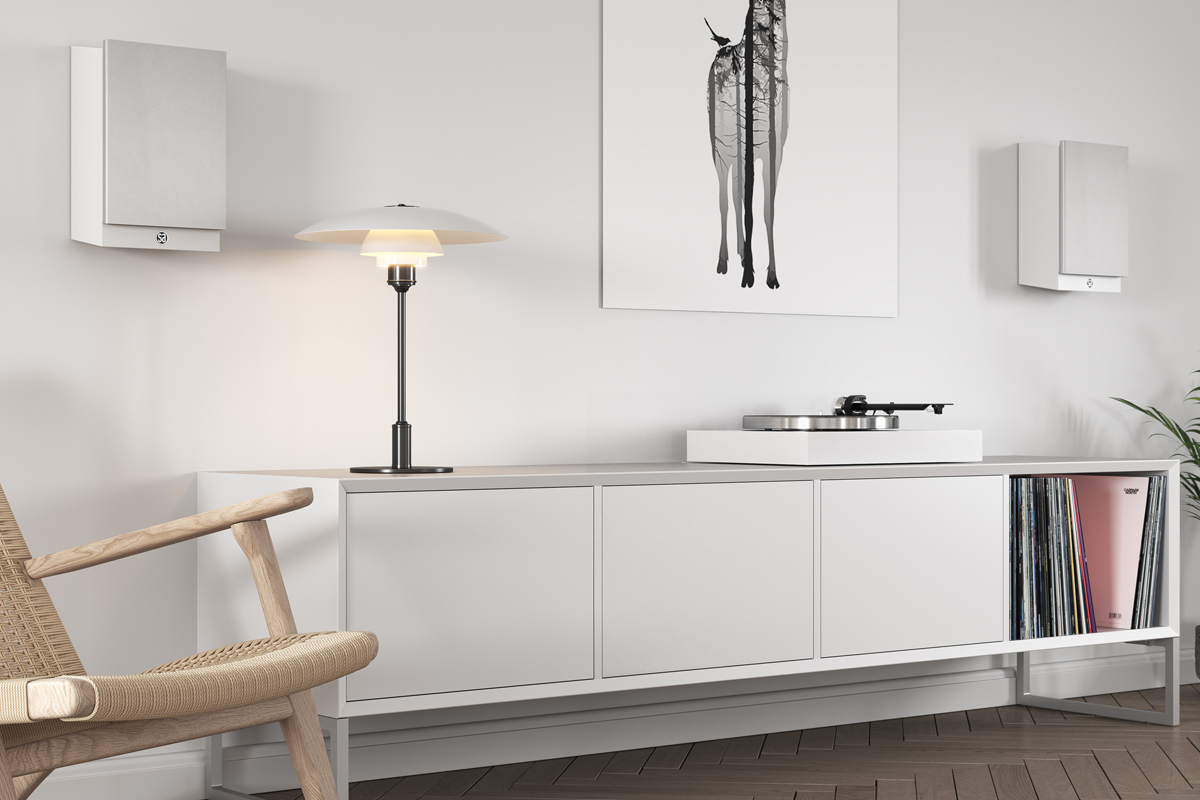
System Audio Silverback 1 Active On-Wall Speaker System and Stereo Hub
- Written by: Gordon Brockhouse
I bet there are loads of people who would love to have a good audio system in a room where it’s impractical to deploy a pair of freestanding loudspeakers. I also bet there are many others whose living space can accommodate freestanding speakers but whose significant other won’t.
Read more: System Audio Silverback 1 Active On-Wall Speaker System and Stereo Hub
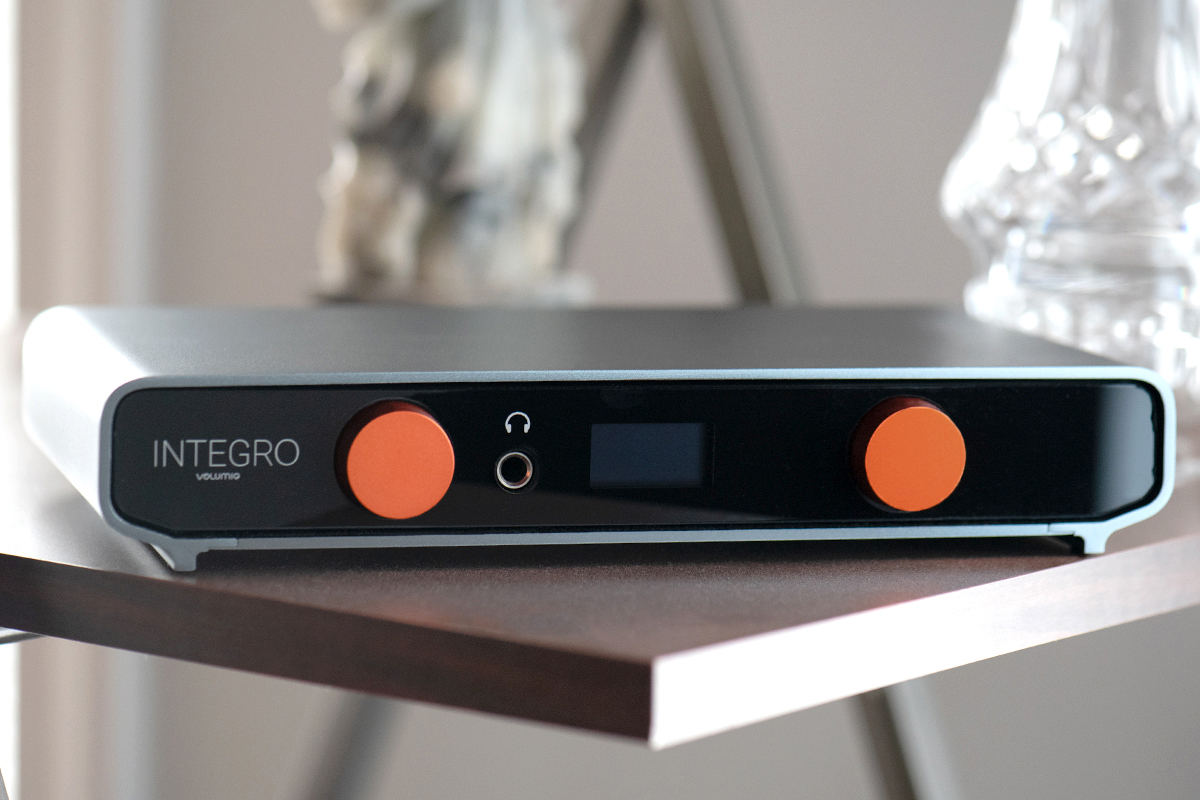
Volumio Integro Streaming Integrated Amplifier
- Written by: Todd Whitesel
Based in Florence, Italy, Volumio is best known for its open-source music-management software, which has become very popular with DIYers looking to build a headless music streamer on the cheap. But Volumio also offers three domestically manufactured streaming products: the Rivo streamer, Primo streaming DAC, and Integro streaming integrated amplifier, the subject of this review. With a streamer, a DAC, and an amplifier combined in a single elegant chassis, the Integro needs just a pair of speakers, and it’s ready to play.
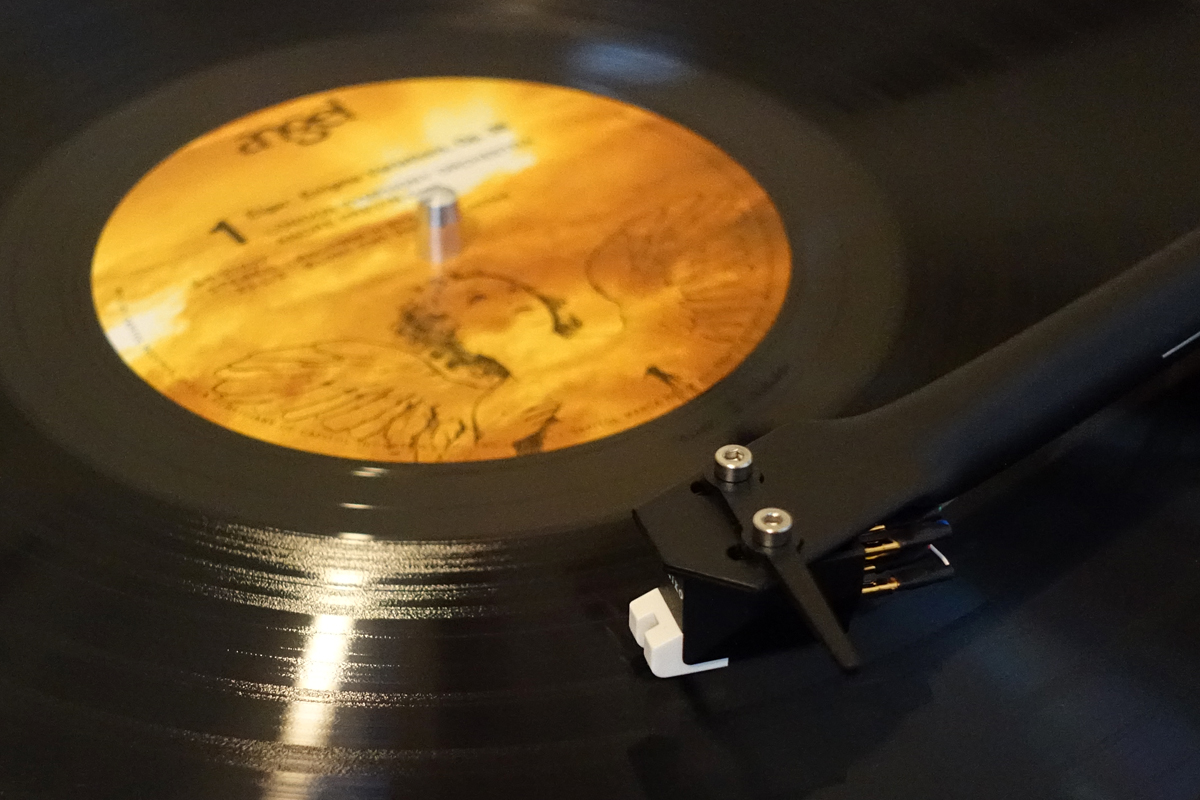
Pro-Ject Audio Systems T2 W Wi-Fi Turntable with Sumiko Rainier Cartridge
- Written by: Gordon Brockhouse
Did this heading just make you do a double take? I wouldn’t be surprised if it did because Wi-Fi and turntable are two words you don’t expect to see back-to-back. Indeed, Pro-Ject Audio Systems’ T2 W ($1199; all prices in USD unless noted otherwise) is the first product of its kind: a turntable that can stream audio over a home network to multiple devices.
Read more: Pro-Ject Audio Systems T2 W Wi-Fi Turntable with Sumiko Rainier Cartridge
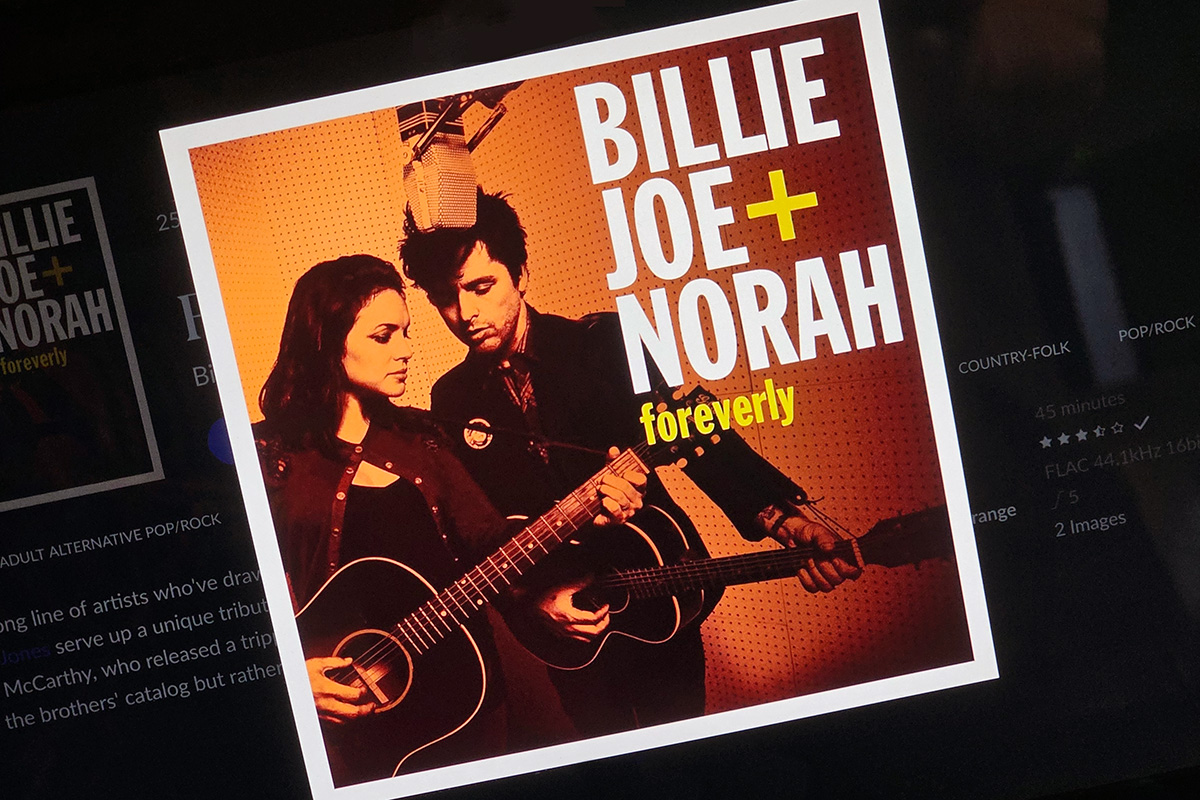
Is Roon Worth It?
- Written by: Gordon Brockhouse
In mid-July, a SoundStage! reader posed this question on SoundStage! founder Doug Schneider’s LinkedIn page: “Can someone point me to an article that tells me in simple terms why I should be using Roon?”
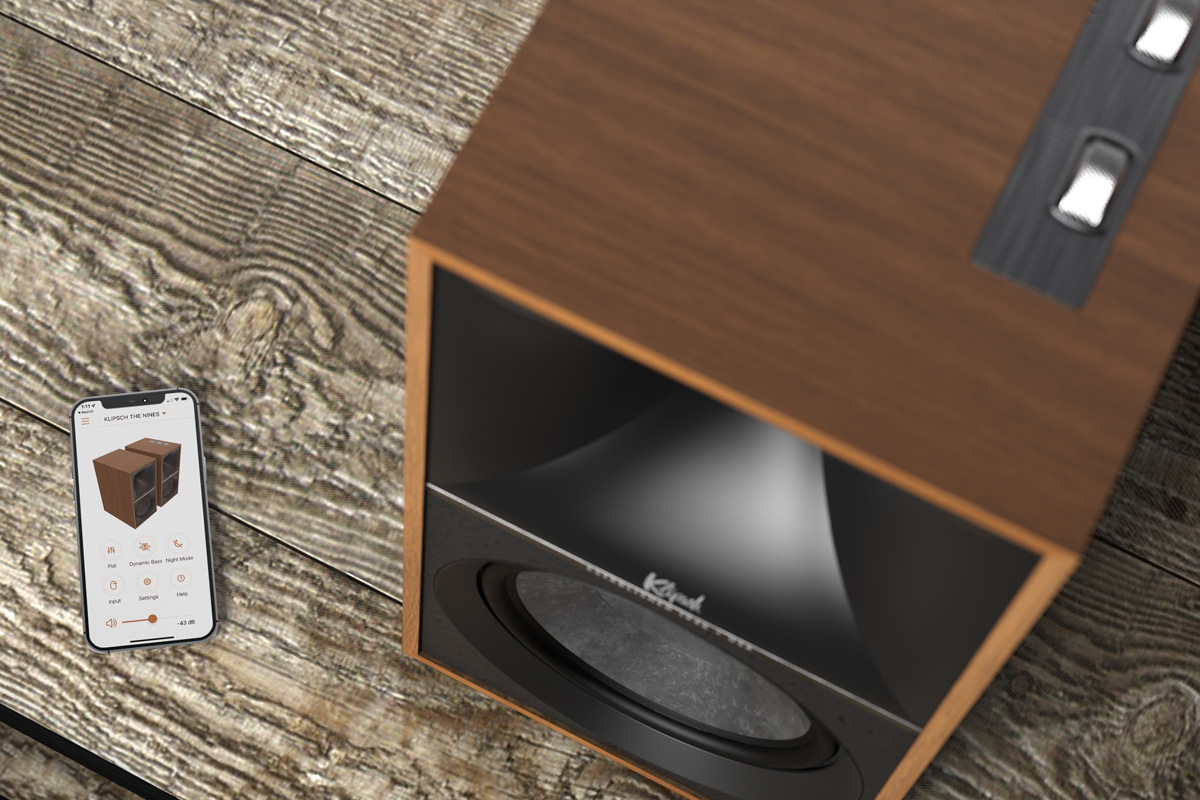
Klipsch The Nines Active Loudspeaker System
- Written by: Gordon Brockhouse
I think marketing geniuses can sometimes be too smart for the good of the companies they’re trying to promote. Consider the slogan that Klipsch Audio Technologies came up with in 2021 to celebrate the brand’s 75th anniversary: “Pissing off the neighbors since 1946.” The company even created a “Pissing Off the Neighbors” edition of its RB-81 MkII bookshelf loudspeaker (now discontinued).

Out and About—Using Roon Away from Home
- Written by: Gordon Brockhouse
Sometimes when things don’t work out the way you’d planned, it’s all for the best. This article is a case in point. In my June 1 feature, “Lakeside Streaming,” I explained how I’ve made it simple for guests to stream video and music to the various TVs and smart speakers in our vacation home. In the conclusion of that article, I noted that I use Roon for music playback at home and explained how the Roon ARC app lets me access my Roon library when I’m away from home. “But Roon ARC is a subject all of its own,” I added, “which I’ll tackle later this summer.” That time has now come.

Bluesound Powernode Edge Streaming Integrated Amplifier
- Written by: Todd Whitesel
Note: for the full suite of measurements from the SoundStage! Audio-Electronics Lab, click this link.
From the perspective of a pre-teen in the late 1970s, it seemed as if hi-fi was everywhere, and separate components ruled. In our living room, we had shag-white carpet, a Dual turntable, and a Marantz cassette deck and receiver. I remember the receiver’s gorgeous blue front lighting and joy-to-use Gyro Wheel tuner. A pair of Pioneer speakers with lustrous woodgrain cabinets rounded out the system. But I envied neighbors who had flashier systems from JVC, Sansui, and Technics. One friend had a complete silver Pioneer system at home, including the stunning CT-F1000 cassette deck, which I lusted after but couldn’t possibly afford. So, I compromised. I saved $200 from my allowance and summer jobs and bought a Panasonic all-in-one, which included a turntable, receiver, cassette deck, and matching speakers—my first stereo system.
Read more: Bluesound Powernode Edge Streaming Integrated Amplifier
- Cambridge Audio Alva TT V2 Turntable
- Lakeside Streaming—Network Entertainment at a Vacation Home
- NAD CS1 Network Music Player
- Rotel S14 Streaming Integrated Amplifier
- Streaming Update—Spring 2023
- Triangle Borea BR03 BT Powered Loudspeaker System
- iFi Audio Neo Stream Streaming DAC-Preamplifier
- Active Voices: An Interview with Paul Barton and Rob Nicholls of PSB Speakers
- PSB Alpha iQ Streaming Active Loudspeaker System
- Elac Debut ConneX DCB41 Powered Loudspeaker System
- The State of Streaming—2023
- Bowers & Wilkins Panorama 3 Soundbar
- Gordon's System, Re-Simplifi'd
- JBL 4305P Active Loudspeaker System
- Mix Master: PMC's Heff Moraes on Making Music in Atmos
- Dynaudio Focus 30 Active Loudspeaker System
- Toronto Audiofest 2022, Simplifi’d
- SVS Prime Wireless Pro Active Loudspeaker System
- Totem Acoustic Kin Play Tower Powered Loudspeaker System
- System Audio Legend 7.2 Silverback Active On-Wall Speaker and Stereo Hub
- Roksan Attessa Streaming Integrated Amplifier
- JBL L75ms Integrated Music System
- The Great Debate: Is Component Hi-Fi Dead?
- KEF LS60 Wireless Active Speaker System
- Evolving Hi-Fi: My Journey with a Fleet of Devialet Silver Phantoms
- Zidoo Neo S 4K UHD Media Player
- Simplifi'd Hi-Fi at Munich High End–and Elsewhere
- Q Acoustics M20 HD Powered Wireless Music System
- How We Listen
- Sonus Faber Omnia Wireless Music System
- Wayback Playback
- Bowers & Wilkins Zeppelin Wireless Speaker
- NAD Masters M10 V2 Streaming Integrated Amplifier
- Listen While You Work
- Mission LX Connect Wireless Active Speakers and Hub
- The State of Streaming—2022
- Linn Series 3 Active Loudspeakers
- Bang & Olufsen Beolab 28 Active Loudspeakers
- Why "Simplifi"—Five Years Later
- KEF KC62 Powered Subwoofer
- The Evolution of BluOS: An Interview with Lenbrook's Andrew Haines
- NAD C 700 Streaming Integrated Amplifier
- iFi Audio Zen Stream Wi-Fi Streamer
- Dolby Atmos Music in Your Home
- System Audio Legend 40.2 Silverback Active Loudspeakers and Stereo Hub WiSA Transmitter
- The Big Switch
- Bluesound Node Streaming DAC-Preamplifier
- I'm Only in It for the Money
- Acoustic Energy AE1 Active Loudspeakers
- Q Acoustics Q Active 200 Active Loudspeakers
- Encore! Encore! An Interview with Patricia Barber, Jim Anderson, and Ulrike Schwarz
- Bluesound Powernode Multiroom Streaming Integrated Amplifier
- Edifier Airpulse A300Pro Active Loudspeakers
- KEF LS50 Wireless II Active Loudspeakers
- The New Apple Music
- Bryston BR-20 Streaming Preamplifier-DAC
- HEDD Type 05 MK2 Active Speakers and Bass 08 Subwoofer
- Moving Forward with Formation: An Interview with Andy Kerr of Bowers & Wilkins
- Glory Days
- SVS 3000 Micro Subwoofer
- Sony SA-Z1 Active Nearfield Loudspeakers
- Heavenly Soundworks FIVE17 Active Loudspeakers
- Spotify Goes Lossless
- In Defense of Streaming
- Marantz SACD 30n SACD/CD Player and Streaming DAC-Preamp
- DALI Oberon 1 C Active Loudspeakers and Sound Hub Wireless Transmitter
- PSB Alpha AM3 Powered Loudspeakers
- Tinkering Simplifi'd
- iFi Audio Neo iDSD DAC-Preamp-Headphone Amplifier
- Bluesound Pulse Sub+ Wireless Subwoofer
- Simplifi Defined
- Going Deep with Artison
- PSB Alpha AM5 Powered Loudspeakers
- A Simplifi Yearbook
- SVS Prime Wireless SoundBase Streaming Integrated Amplifier
- Focal Solo6 Be Active Loudspeakers
- A Perfect Pair
- Buchardt Audio A500 Active Loudspeakers and Stereo Hub WiSA Transmitter
- Klipsch The Fives Active Loudspeakers
- The Critical Component
- Has the Time Come for Surround Music?
- Triangle Elara LN01A Powered Loudspeakers
- Volumio Primo Community Edition and Hi-Fi Edition Streaming DACs
- System Audio Legend 5 Silverback Active Loudspeakers and Stereo Hub WiSA Transmitter
- My Top Ten Products of the Last Two Years
- Andover Audio Model-One Turntable Music System
- Elac Alchemy DDP-2 Streaming DAC-Preamp
- Turning Pro
- Focal Shape 65 Analog Active Loudspeakers
- All About That Bass
- HEDD Type 07 Analog Active Loudspeakers
- exaSound Audio Design Delta Music Server M100
- Bryston BDA-3.14 Streaming DAC-Preamplifier
- Gently Down the Stream
- Big Events
- iFi Audio Pro iDSD Streaming DAC-Preamp-Headphone Amplifier
- Sennheiser Ambeo Soundbar
- DALI Rubicon 6 C Hybrid Active Loudspeakers
- Rules of the Game
- Pro-Ject Audio Systems Pre Box RS2 Digital DAC-Preamp-Headphone Amp
- Klipsch RW-51M Wireless Powered Loudspeakers
- The Name Game
- iFi Audio Aurora Wireless Music System
- Naim Audio Mu-so Qb 2nd Generation Wireless Music System
- January 1, 2020: The State of Streaming
- Cambridge Audio CXA81 Integrated Amplifier-DAC
- Warsaw’s Audio Video Show 2019, Simplifi’d
- Hegel Music Systems H120 Integrated Amplifier-DAC
- DALI Katch One Soundbar
- NAD Classic C 658 BluOS Streaming DAC
- Toronto Audiofest 2019, Simplifi'd
- Kanto Audio Tuk Powered Loudspeakers
- Hi-Rez à-Go-Go
- Lumin T2 Network Music Player
- Naim Audio ND5 XS 2 Network Music Player
- Elac Navis ARF-51 Active Loudspeakers
- Streaming the Classics
- Devialet Phantom Reactor 900 Active Loudspeakers
- Play Nice Together -- An Interview with Rob Darling of Roon Labs
- PMC result6 Active Loudspeakers
- Bowers & Wilkins Formation Duo Active Loudspeakers
- Active Voices, Part Three: KEF's Jack Oclee-Brown
- Naim Audio Mu-so 2nd Generation Wireless Music System
- McIntosh Laboratory MTI100 Integrated Turntable
- High End 2019, Simplifi'd
- Yamaha WXA-50 MusicCast Streaming Amplifier
- NAD Masters M10 BluOS Streaming Integrated Amplifier
- Active Voices, Part Two: Axiom Audio's Andrew Welker
- Primare SC15 Prisma Streaming DAC-Preamp
- Montréal Audio Fest Simplifi'd
- Naim Uniti Core CD Ripper/Music Server
- Elac Navis ARB-51 Active Loudspeakers
- Active Voices, Part One: Elac's Andrew Jones
- Bluesound Pulse 2i Wireless Speaker
- SVS Prime Wireless Active Speakers
- Let's Keep it Simple
- Totem Acoustic Kin Play Powered Speakers
- A Roon of One's Own
- KEF LSX Active Loudspeakers
- Bluesound Vault 2i CD Ripper-Server-Streamer
- Pro-Ject Audio Systems Stream Box S2 Ultra Music Streamer
- How I Simplifi'd My Wi-Fi
- Kii Audio Three DSP-Controlled Active Loudspeakers
- Aurender S5W Battery-Powered Wireless Active Loudspeakers
- Are Downloads Dead?
- Cambridge Audio Yoyo (L) Wireless Speaker
- Hi-Rez Streaming: Tidal vs. Qobuz
- DALI Callisto 2 C Active Speaker System
- Toronto Audiofest 2018 Simplifi'd
- Kanto SYD Bluetooth Speaker
- LG G7 ThinQ Smartphone
- How I Simplifi'd My Hi-Fi
- Pro-Ject Audio Systems Juke Box E Turntable-Integrated Amplifier
- Time to Celebrate: Five Years of Google Chromecast
- NAD D 3020 V2 Bluetooth Integrated Amplifier-DAC
- How Good Can Voice Recognition Get?
- Polk Assist Wi-Fi Smart Speaker
- Are Smart Speakers Any Good for Audiophiles?
- MartinLogan Unison Wireless Preamplifier
- High End 2018, Simplifi'd
- Dynaudio Music 7 Wi-Fi Speaker
- Musical Fidelity M6 Encore 225 Music System
- Cocktail Audio X35 Music System
- Is the Smart Speaker a Dumb Idea?
- Peachtree Audio decco125 Sky Integrated Amplifier-DAC
- Technics Ottava f SC-C70 Music System
- What's Up with Apple AirPlay 2?
- JBL Link 500 Wi-Fi Speaker
- The Spotify Dilemma
- Trinnov Amethyst DAC-Preamplifier-Processor
- Control4 Triad One Streaming Amplifier
- Elac Discovery Z3 Wi-Fi Speaker
- CES 2018, Simplifi’d
- Klipsch Heritage Wireless Three Wi-Fi Speaker
- Farewell, CES
- Paradigm PW 300 Wi-Fi Loudspeakers
- Thiel Audio Aurora Home Wi-Fi Speaker
- Room Tunes
- Hegel Music Systems H190 DAC-Integrated Amplifier
- Social Streaming
- Yamaha R-N803 Network Stereo Receiver
- Onkyo TX-8270 Network Stereo Receiver
- CEDIA 2017, Simplifi’d
- Dynaudio Focus 20 XD Active Loudspeakers
- Riva Audio Festival Wi-Fi Speaker
- Naim Audio Uniti Atom Wireless Streaming DAC-Integrated Amplifier
- Classical Prime Time
- NAD Masters Series M50.2 Digital Music Player
- Bryston BryFi BW-1 Wi-Fi Speaker
- The Röst Reconsidered
- Arcam rPlay Music Streamer
- Auralic Polaris Wireless Streaming DAC-Integrated Amplifier
- High End 2017, Simplifi'd
- Simaudio Moon Neo ACE DAC-Streamer-Integrated Amplifier
- Vinyl: There's an App for That
- Metadata: Life with Roon
- NAD C 368 DAC-Integrated Amplifier
- The Internet and Audio: The Good, the Bad, and the Impossible
- Lumin M1 Integrated Amplifier-Network Music Player
- Arcam Solo Music DAC-Integrated Amplifier-Universal Player
- McIntosh Laboratory RS100 Wi-Fi Loudspeakers
- The State of Streaming
- Hegel Music Systems Röst Integrated Amplifier
- CES 2017, Simplifi'd
- Naim Audio Mu-so Qb Wi-Fi Speaker
- Why "Simplifi"
- Bang & Olufsen BeoSound 2 Wi-Fi Speaker
Page 2 of 9
SoundStage! Simplifi is part of
All contents available on this website are copyrighted by SoundStage!® and Schneider Publishing Inc., unless otherwise noted. All rights reserved.
This site was designed by RocketTheme, Karen Fanas, and The SoundStage! Network.
To contact us, please e-mail info@soundstagenetwork.com





